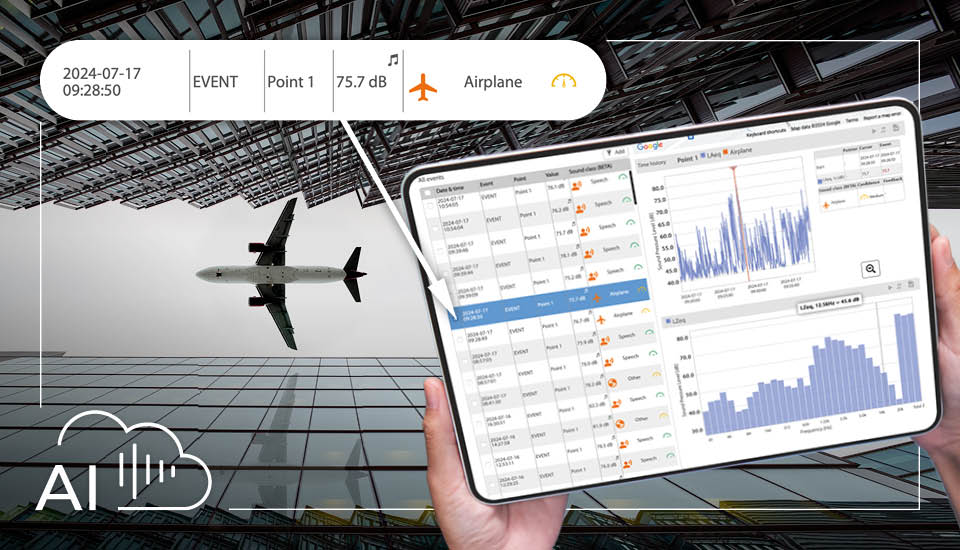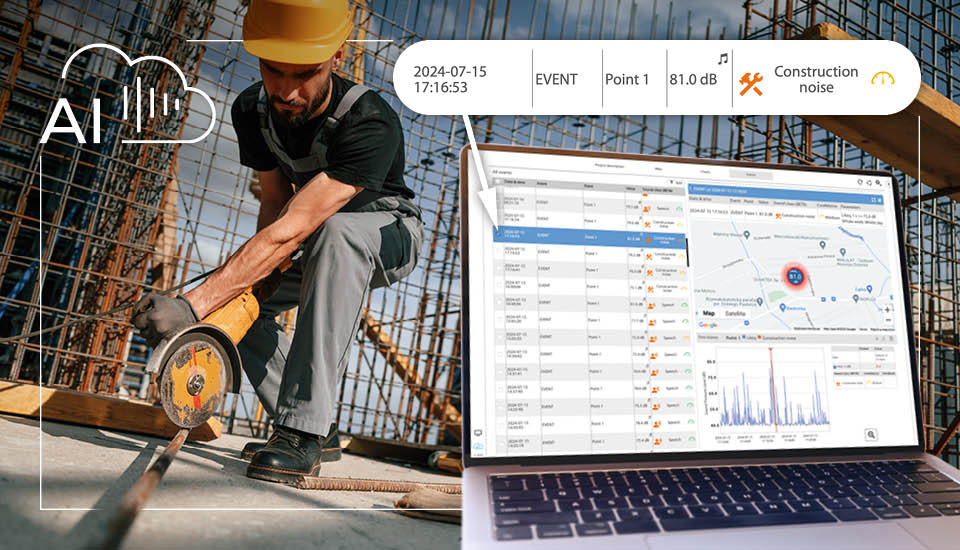AI Noise Sources Identification
Enhancing Urban Noise Management with SvanNET AI
AI noise sources identification, utilizing advanced technologies like SvanNET AI, enhances urban noise management by accurately recognizing and categorizing various noise types, thereby enabling effective monitoring and targeted mitigation strategies. Combined with the cost-effective SV 303, which addresses the financial barrier for multipoint noise monitoring, this AI-enabled approach offers a comprehensive solution for managing urban noise pollution and improving public health.



